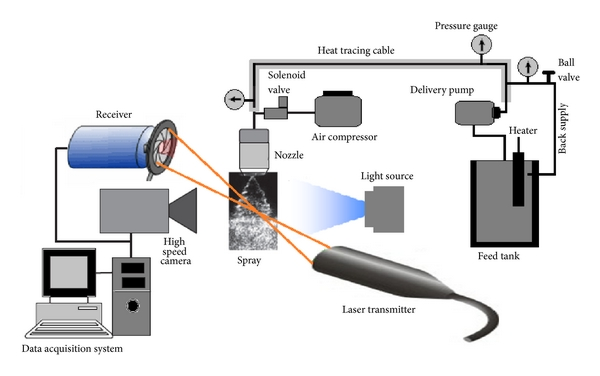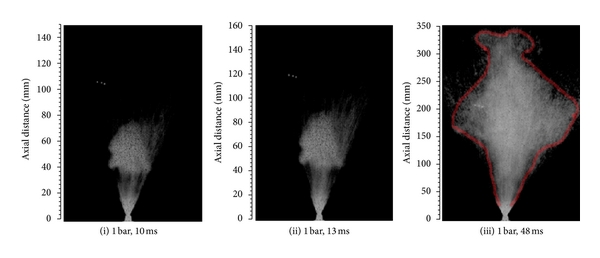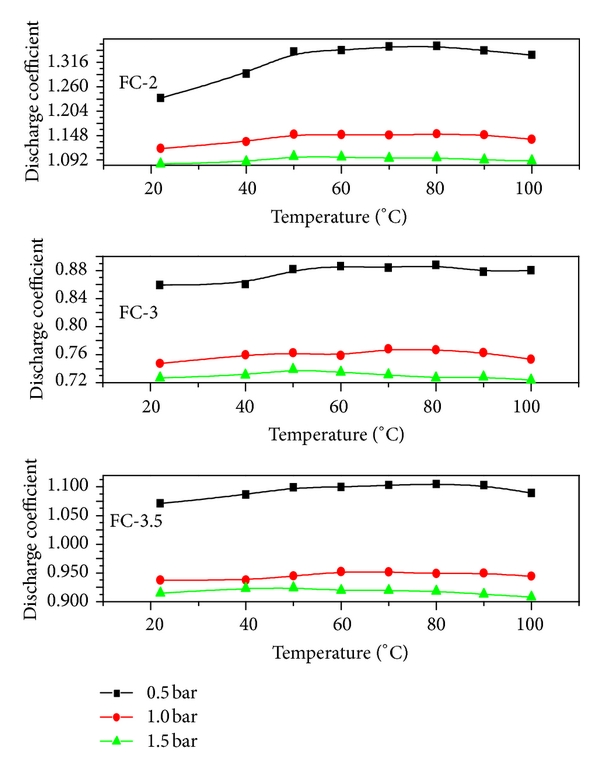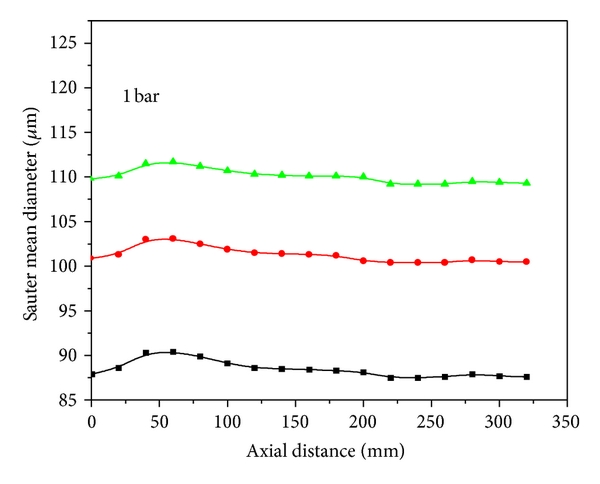Investigation of vortex clouds and droplet sizes in heated water spray patterns generated by axisymmetric full cone nozzles
Author: Shaharin Anwar Sulaiman - November 2013
Abstract
The hot water sprays are an important part of many industrial processes, where the detailed knowledge of physical phenomena involved in jet transportation, interaction, secondary breakup, evaporation, and coalescence of droplets is important to reach more efficient processes. The objective of the work was to study the water spray jet breakup dynamics, vortex cloud formation, and droplet size distribution under varying temperature and load pressure. Using a high speed camera, the spray patterns generated by axisymmetric full cone nozzles were visualized as a function water temperature and load pressure. The image analysis confirmed that the spray cone angle and width do not vary significantly with increasing Reynolds and Weber numbers at early injection phases leading to increased macroscopic spray propagation. The formation and decay of semitorus like vortex clouds were also noticed in spray structures generated at near water boiling point temperature. For the nozzle with smallest orifice diameter (1.19 mm), these vortex clouds were very clear at 90°C heating temperature and 1 bar water load pressure. In addition, the sauter mean diameter (SMD) of the spray droplets was also measured by using Phase Doppler Anemometry (PDA) at different locations downstream of the nozzle exit. It was noticed that SMD varies slightly w.r.t. position when measured at room temperature whereas at higher temperature values, it became almost constant at distance of 55 mm downstream of the nozzle exit.
Methodology
Schematic of the experimental setup used for generation and characterization of water spray patterns as function of heating temperature and load pressure is shown in Figure 1. The in-house built spraying system was used to produce full cone spray patterns in a pulsed manner by means of a pulsed control system. The system was furnished with three axi-symmetric full cone spray nozzles FC-2, FC-3, and FC-3.5 from RELAB having different orifice and free passage diameters as expressed in Table 1. These nozzles were equipped with a special X-shaped vane fixed at the nozzle inlet to impart the swirl and rotational speed to produce a full cone spray pattern. The spray pulse on-off duty cycle was controlled by a system composed of a PROVAL pneumatic double actuated solenoid valve and a programmable digital time relay (SIGMA, PTC-15). In these studies, the valve duty cycle was kept constant at 1 s. In order to maintain a desired temperature within the feed tank and spray feed line to spray point, the liquid immersion heater and heat tracing cable were used, and corresponding water temperature was monitored using thermostatic controllers. In this experiment, the service temperature was elevated from 20 to 100°C in order to lower the required load pressure, viscosity, and surface tension. In order to avoid the thermal losses, the heat tracing cable was insulated with ceramic tape. In addition to temperature, the service pressure of the system was being elevated in range of 0.5-1.5 bar. For this purpose, a liquid delivery pump capable of withstanding at high temperature values was used to serve the spray nozzle at its required spraying pressure. A stainless steel mesh strainer hampering any possible tiny debris from the liquid flow was also fixed at the feed tank outlet. The liquid pressure at three different localized points in main supply line was monitored using spring type pressure gauges.
Impact & Benefits
Efficiency Improvement: Understanding vortex clouds and droplet sizes helps optimize the design and operation of full cone nozzles, leading to more efficient spray patterns. This can enhance various industrial processes such as cooling, combustion, and chemical reactions.
Performance Enhancement: By studying these phenomena, engineers can improve the performance of heating and cooling systems in various applications, including automotive engines, power plants, and HVAC systems. This can lead to better energy efficiency and overall system performance.
Product Quality: In industries like agriculture and food processing, spray patterns play a crucial role in product quality. Investigating vortex clouds and droplet sizes can help ensure consistent spray coverage and distribution, leading to better product quality and yield.
Environmental Impact: Optimizing spray patterns can reduce overspray and waste, minimizing the environmental impact of spraying operations. This is particularly important in agricultural and forestry applications, where excessive spraying can lead to runoff and pollution.
Market Potential
Industry Demand: Industries such as agriculture, automotive, aerospace, pharmaceuticals, food processing, and chemical processing rely on spray systems for various applications. There is a growing demand for more efficient, precise, and environmentally friendly spray technologies.
Technological Advancements: Advances in computational fluid dynamics (CFD), experimental techniques, and materials science enable more detailed and accurate investigations into spray patterns. This drives innovation in nozzle design, leading to improved performance and efficiency.
Regulatory Requirements: Regulatory bodies may impose stricter regulations on spray systems to reduce environmental impact, improve safety, or enhance product quality. Compliance with these regulations can drive the adoption of advanced spray technologies.
Competitive Landscape: Companies are constantly seeking ways to differentiate their products and gain a competitive edge. Investing in research and development related to spray technology can help companies offer superior solutions to their customers.



